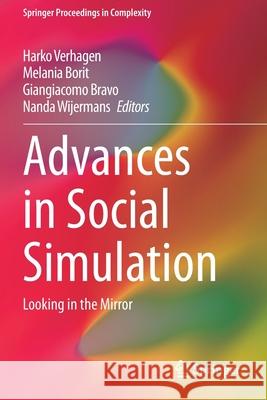Advances in Social Simulation: Looking in the Mirror » książka
topmenu
Advances in Social Simulation: Looking in the Mirror
ISBN-13: 9783030341299 / Angielski / Miękka / 2021 / 520 str.
Advances in Social Simulation: Looking in the Mirror
ISBN-13: 9783030341299 / Angielski / Miękka / 2021 / 520 str.
cena 1124,51
(netto: 1070,96 VAT: 5%)
Najniższa cena z 30 dni: 1079,53
(netto: 1070,96 VAT: 5%)
Najniższa cena z 30 dni: 1079,53
Termin realizacji zamówienia:
ok. 22 dni roboczych.
ok. 22 dni roboczych.
Darmowa dostawa!
Kategorie:
Kategorie BISAC:
Wydawca:
Springer
Seria wydawnicza:
Język:
Angielski
ISBN-13:
9783030341299
Rok wydania:
2021
Wydanie:
2020
Numer serii:
000463532
Ilość stron:
520
Waga:
0.74 kg
Wymiary:
23.39 x 15.6 x 2.77
Oprawa:
Miękka
Wolumenów:
01
Dodatkowe informacje:
Wydanie ilustrowane











